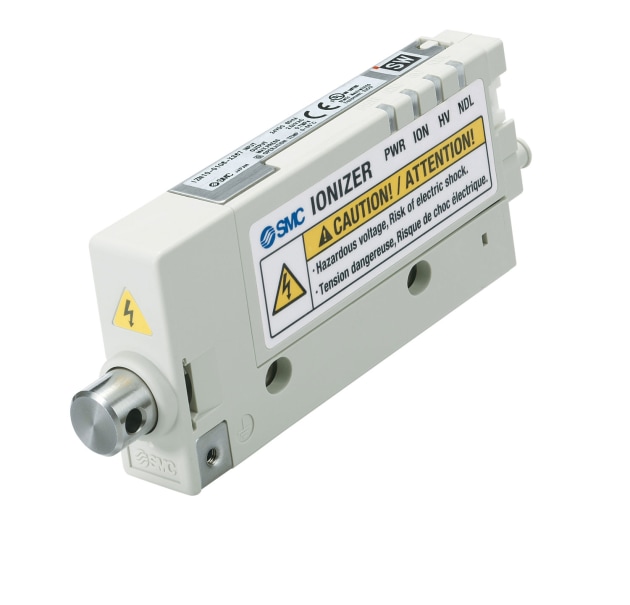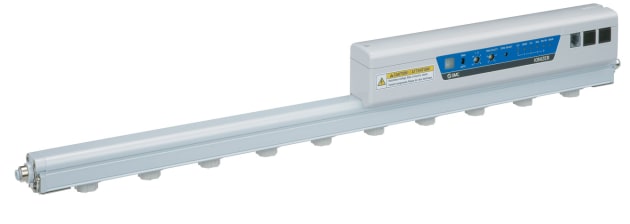Static electricity can wreak havoc in a production plant, and now in the thick of winter, static electricity is everywhere.
Ming Liu, head of product and pricing for SMC Corporation ANZ said there are many problems that arise from static electricity: high rejection rates, low-quality final product, machine operators suffering from shocks, dust sticking to workpieces, and labels being misaligned.
“Static electricity problem can be costly. It is largely overlooked in the manufacturing process and it generally affects the final product. From dealing with the nuisance of products clinging to each other, plastic sheets not separating property to managing possible damage to electrical products et cetera,” Liu said.
“It’s an unseen source of highly visible, nasty production problems. Luckily, static can be solved in a quick, easy, and efficient way: with a quality ioniser.”

“We [at SMC] have looked at the production process as a whole to determine where we can add the most value,” Liu said.
According to the company, the SMC ioniser applies high voltage to a needle shaped electrode and generates corona discharge between the opposite polarity electrode to ionise air molecules. When the applied voltage is negative, it generates negative ions. When the applied voltage is positive, it generates positive ions.
According to Liu, there are various options and types of ionisers on offer, depending on the application and the environment.
“The bar type (IZS40/41/42 Series) is ideal for flat and/or remote surfaces, its equipped with nozzles to generate ions, and air then blows ions onto the workpieces. This could work in a PET environment for example. It would also be suitable for lamination and web printing,” Liu said.
The bar type varies in length and performance options. The nozzles can be equipped with condition monitoring sensors for easy maintenance and the replacement of the cartridge.
The fan type ioniser (IZF10/21/31 Series) neutralise static on the workpiece in a case where there is no air supply available. “These units are compact and easy to transport. SMC said they neutralise static in just 0.5 seconds and our latest model offers an air flow adjustment function,” Liu said.
Rounding off the range is the nozzle type ioniser (IZN10 series). Liu said this type is good for areas with space issues or for those requiring a more focused approach to static removal.
“It is slim, lightweight and offers an offset voltage of +/-10V. It comes with nozzle variations and an intermittent control timer,” he said.
Another key feature is centred around the maintenance of this ioniser.
“It can be easily dissembled into three parts. In addition, it’s equipped with a maintenance function warning,” Liu said.
The nozzle type ioniser is ideal for neutralising static on plastic bottles and it prevents parts from clogging in a feeder.
One of the latest ionisers from SMC is the IZT40, 41 and 42, complete with a separate controller. This ioniser answers to the market demand for a thinner bar (compared to the IZS series) with just one controller to control many bars.
Liu said this is ideal for small spaces, as it is up to 60 per cent smaller and lighter than its predecessor.
“One controller can control up to four bars; the controller can also be installed in a separate location, allowing the control of bars to be fitted inside equipment, and being available for a centralised management,” Liu said.
He also said the IZT series is the first SMC product to make use of high-voltage cable.
“We have introduced both integrated and remote configurations for the controller and high-voltage supply,” Liu said.
“These can be installed separately but using them in an integrated configuration allows for a simple installation of the controller.
“Forget about product rejections, futile maintenance hours and machine downtime caused by static electricity,” Liu said.
“Our ionisers generate results straight away to help optimise the quality of your processes, ensure a safe working environment and improve your output quality.”
SMC is a member of the Australian Packaging & Processing Machinery Association (APPMA).







